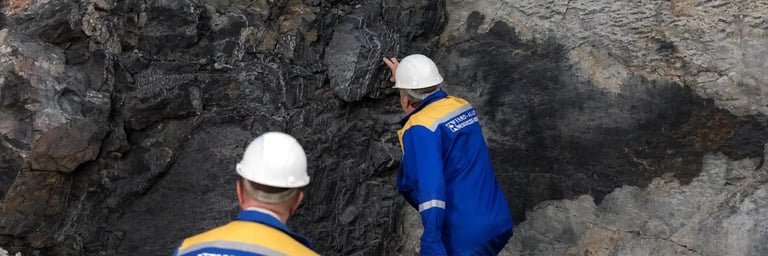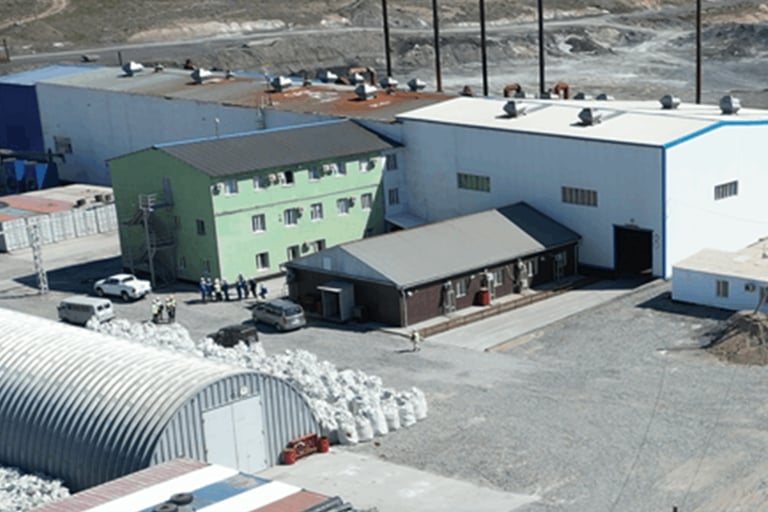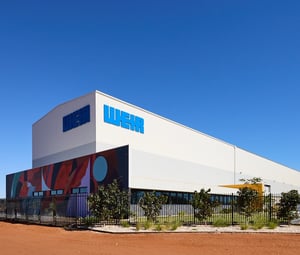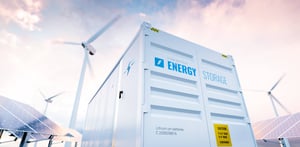Steel has always been the centre of gravity for vanadium. But for the first time, that balance is beginning to shift. A new set of demand signals is emerging from energy storage, and it is changing how this metal is valued and where future growth may lie.
Today, the majority of vanadium ends up in high-strength steel. It improves durability, reduces weight, and is used in everything from construction beams to pipelines. But that dominance is starting to loosen. As long-duration battery technology gains ground, vanadium is increasingly being pulled into the energy transition, particularly through vanadium redox flow batteries (VRFBs), which use the metal as their key electrolyte.
VRFBs are not new, but they are now entering a more serious growth phase. Installed capacity is expected to rise ten-fold by 2030, moving from 4 GWh today to around 40 GWh, with potential annual deployments of up to 50 GWh. As this happens, the amount of vanadium directed to battery storage could climb from around 5% of total supply to nearly 27% over the next five years.
Ferro-Alloy Resources Ltd (LON:FAR) is developing the giant Balasausqandiq vanadium deposit in Kyzylordinskaya oblast of southern Kazakhstan. The ore at this deposit is unlike that of nearly all other primary vanadium deposits and is capable of being treated by a much lower cost process.







































